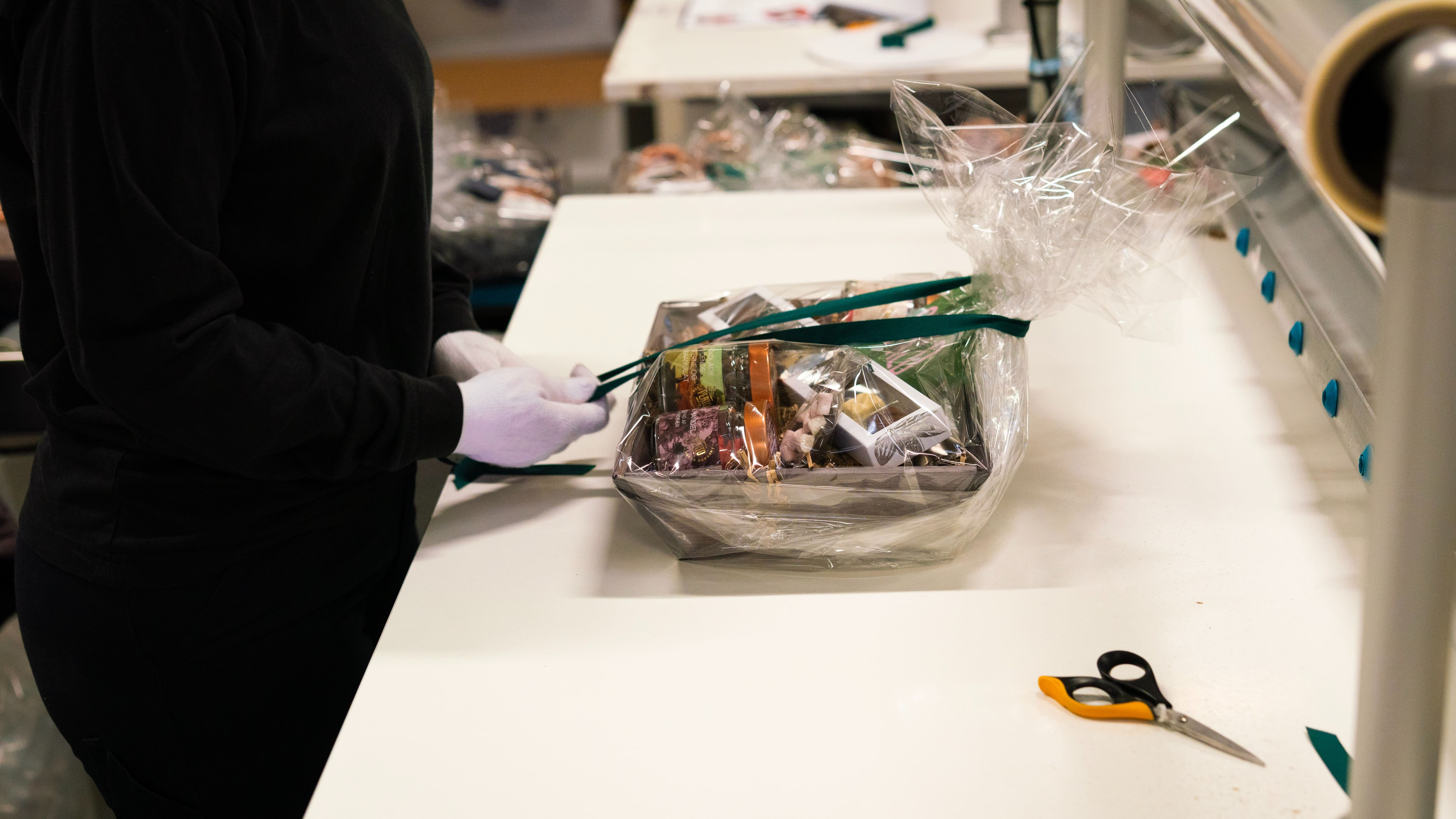Get the latest news from tracezilla
Eliza Chokolade has improved inventory management and planning with Forecasting

Forecasting is a module in tracezilla that is included in all subscriptions. Forecasting makes it possible to plan purchases and production in relation to expected sales, based on historical sales data or forecasts.
Eliza Chokolade has used the forecasting module for a long period. We have had the opportunity to speak with Michael Eberhard, Accounting Assistant & ERP Responsible at Eliza, about their use of the module. Read the following and be inspired by how Eliza uses the forecasting module, and what they have achieved by doing so.
Create scenarios - and you’re up and running quickly (Basic settings)
Scenarios are the cornerstone of the forecasting module. Eliza works with two types of scenarios:
1) Main scenario: Long-term, annual - where the sales department
This scenario is especially relevant for Eliza, when they are going to launch a new product with new packaging and have to look into how much needs to be ordered. The scenario is also useful for them when they are about to close contracts and negotiate prices with their suppliers.
2) Short-term scenarios: Weekly & Daily - only current sales are included. These scenarios use Eliza for planning production and purchasing in the short term.
With these two types of scenarios in place, forecasting can estimate the required supply both in the short and long term, and via the forecasting module both purchase and production orders can be created with a few clicks. There is thus both an overview to be gained and time to be saved. Eliza did not stop here and has chosen to automate their forecasting process with the PowerPack add-on module.
Let the orders roll by themselves (Advanced setup)
With the PowerPack function Runs Eliza has automated the supply estimation and order creation. This setup eliminates many manual actions and thus saves Eliza even more time. However, they invest time in checking the created orders to make sure that everything is correct.
Power Pack also allows you to work with Cost price simulations, and Eliza also uses this. They have different scenarios dedicated to cost price simulations. This way, it is possible, for example, to calculate the effects of price increases on their raw materials - not unimportant for a company that purchases large quantities of chocolate.
4 ways forecasting creates value
According to Michael Eberhard, Eliza’s implementation of forecasting has provided value for the company in several areas.
Easier collaboration
Implementing forecasting not only has increased productivity and efficiency, but also made collaboration easier and more stress-free. Now you don’t have to run the “machinery” in your head, as Michael puts it.
Better delivery statistics
With forecasting, it has become easier to order raw materials in good time, which has increased Eliza’s delivery rate and therefore resulted in greater satisfaction among their customers.
Go into negotiations with confidence
Negotiating with purchasing and the customer regarding contracts is easier when you have good estimates. It is advantageous, for example, when you know that you are buying slightly larger quantities, you can often negotiate lower prices. In addition, it is easier for you to argue why your goods are increasing in price when negotiating with your customers.
More flexibility & adaptability
With forecasting it has become easier to handle changes because the module allows for quick replanning.
If changes occur it is easy to replan. This way, Eliza can more quickly assess whether it is possible to produce one more pallet than originally planned, for example.
Forecasting also gives Eliza better opportunities to make adjustments to make the best use of the line’s capacity. There are many process steps in the production of quality chocolate, and Eliza works with a variety of intermediate products. With forecasting, it is easy to go through all the steps systematically and work strategically with capacity changes so that they can produce the optimal amount rather than just the amount needed to meet the current demand.
Eliza’s recommendations
Over the years of forecasting, Eliza has gained a number of experiences, which they are fortunately happy to share.
Role division is fundamental
It is important to clarify roles in the process. At Eliza some people from the sales department enter the expected sales numbers, while some from the purchasing department assess the need for raw materials and packaging. They also have an extra person who checks that they haven’t overlooked anything.
Grouping SKUs provides an overview
It is a good idea to divide your product types into different groups and define these with tags (e.g. box line at Eliza). This enables forecasting at the group level and makes it easy to get an overview of a specific category.
And it works better than forecasting at the SKU level because it gives a better overview - especially if you have many stock keeping units.
Power Pack booster forecasting
The Power Pack add-on module expands the possibilities with forecasting. Automating order creation with Schedulers saves time. The automation is flexible, and it is possible to choose which product types and partners to automate based on tags, as well as how often the run runs.
Cost price simulations provide better opportunities to handle changes in raw material prices and make it easier to argue for price increases on finished goods.
This article was written in collaboration with Michael Eberhard, Accounting Assistant & ERP Responsible at Eliza. Take a look at this case if you want to hear more about Eliza’s experiences with tracezilla.
If you want to get started with forecasting in tracezilla, you can find our tutorial here. If you need more help, it is possible to purchase onboarding.
Receive our newsletter

